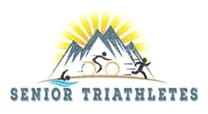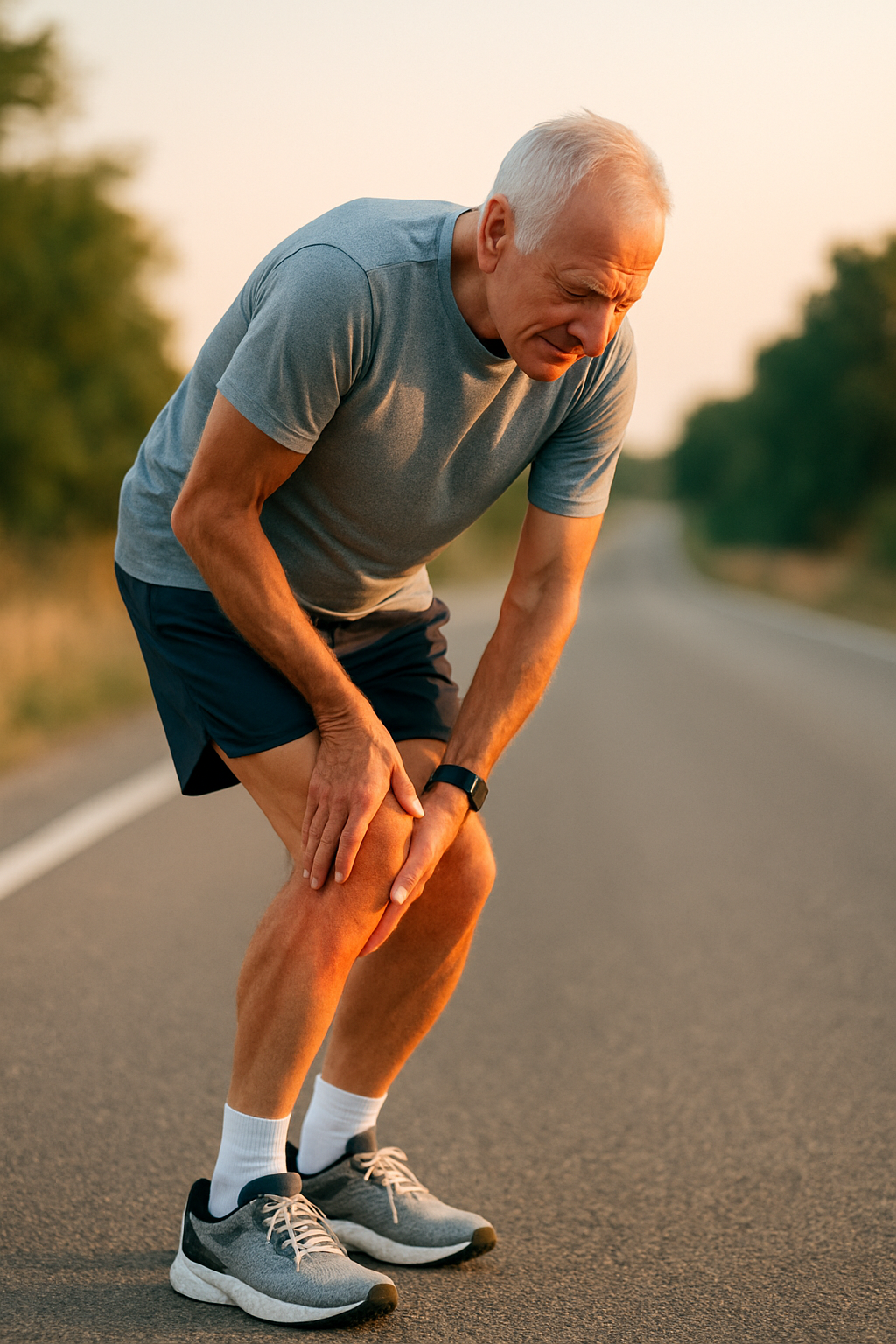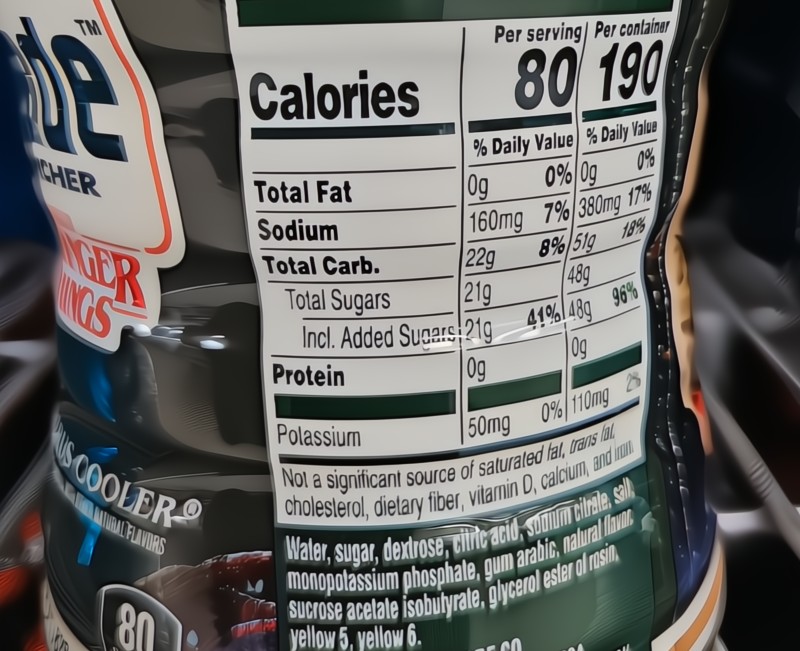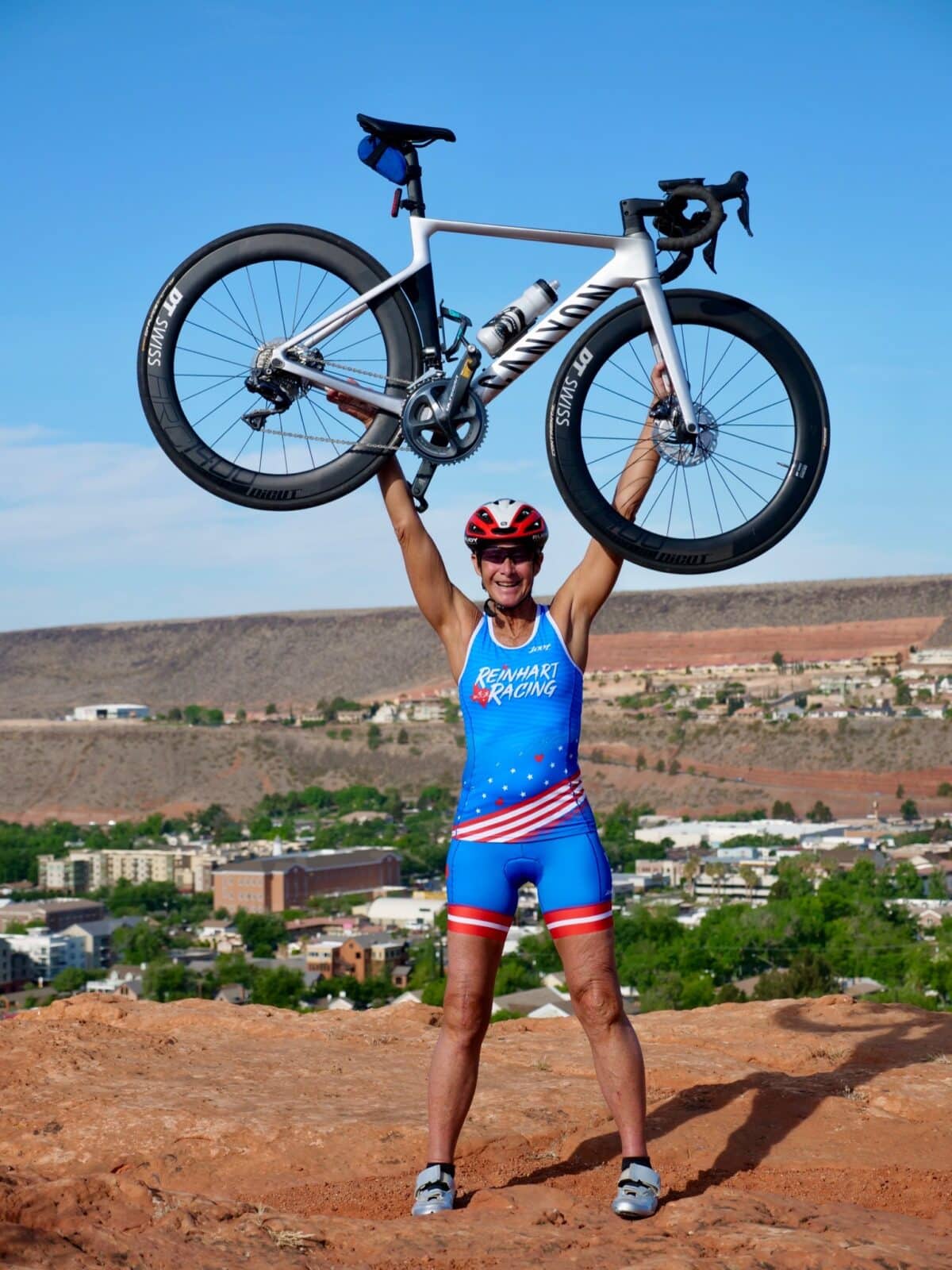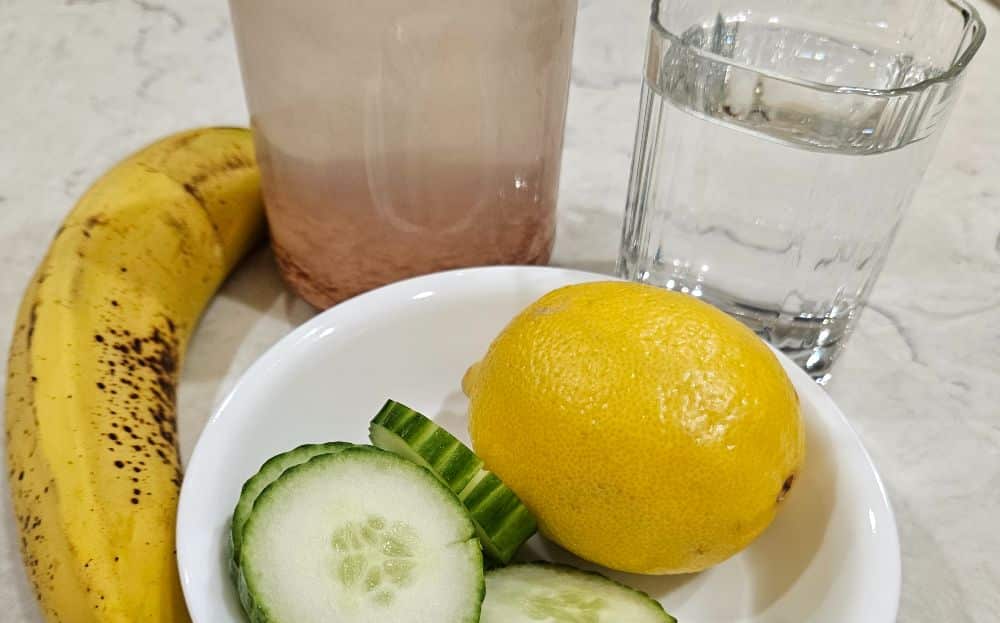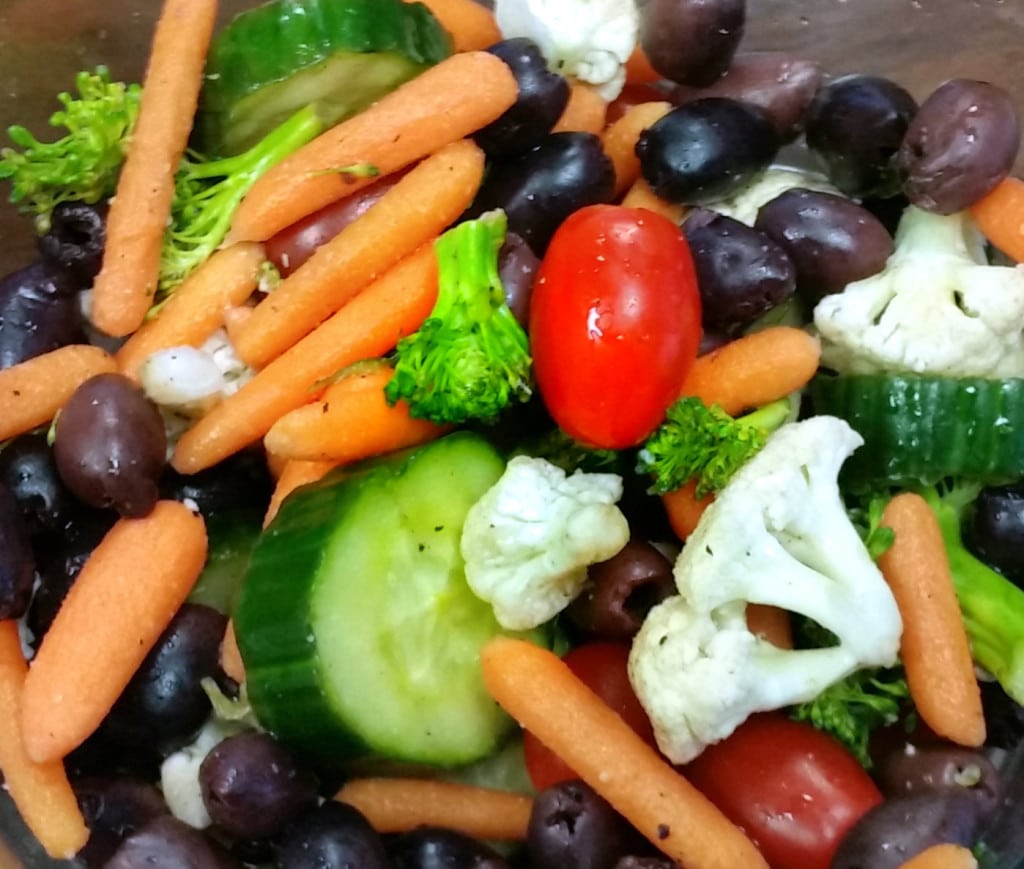Why Even “Injury-Free” Streaks Can End Suddenly
by Joseph R. Simonetta and edited by Terry VanderWert
Editor’s Introduction
Senior triathletes know the satisfaction of training consistently for weeks or months without interruption—only to have an injury appear out of nowhere and derail progress. These episodes often feel mysterious or unfair, especially when they arise during an easy workout instead of a hard one.
In late 2025, longtime endurance athlete Joe Simonetta, age 82, experienced exactly that kind of setback. After more than five months of uninterrupted, injury-free training, a calf strain emerged during a controlled, moderate run—something he had done thousands of times.
Joe’s story matters because it illustrates a principle well-supported in research: the body’s vulnerability is often invisible, especially in the days following illness or heavy physiological stress. Exercise immunology and muscle-injury research shed light on what really happened and why these situations are more predictable than they appear.
With that context, here is Joe’s account of what occurred—and what he learned.
Five Months Injury-Free — Then Failure: The Hidden Science of Setback and Recovery
By Joseph R. Simonetta
For more than five months, I trained without a single injury — no calf cramps, no strains, no interruptions. Just steady progress, steady adaptation, and the gratifying sense that I had finally discovered the formula that had eluded me for much of my athletic life.
This stretch of injury-free training wasn’t luck. It was earned: careful pacing, consistent brick workouts, swimming rhythm, weights and speed bag sessions, compression sleeves, electrolyte discipline, magnesium, hydration, listening to my body, and no jump rope.
Then, suddenly, it failed.
My left calf — the same area that had derailed training cycles before — signaled a sharp, unmistakable warning. Not during a sprint. Not during a hard interval. Not during a reckless push. It happened during a controlled, moderate run. Something I’d done thousands of times.
At first, the frustration came in hot: Five months. Five months of doing everything right. What happened?
But the more I examined it — with science, experience, and honesty — the clearer the answer became.
This setback wasn’t a mystery. It wasn’t a “failure.” It wasn’t even a surprise.
It was physiology. It was predictable. And it carries a lesson worth sharing.
Related post: Joe Simonetta Brings Home Gold At 2025 National Senior Games
The Body Keeps a Ledger
Four days before the calf injury, I had a gastrointestinal episode. It came on suddenly one evening: bloating, inability to sleep, vomiting, diarrhea, exhaustion the next morning.
It wasn’t catastrophic. But it quietly disrupted the internal balance the body relies on:
- electrolyte levels
- hydration status
- absorption of nutrients
- glycogen availability
- sleep quality
- neuromuscular timing
- hormone rhythms
- inflammation levels
Even after the symptoms disappeared, the physiological fallout continued — silently, invisibly.
When the stomach settles, we assume recovery is complete. But the body knows better. The deeper systems take time.
This idea is strongly supported by research. Nieman’s often-cited 1994 review in the International Journal of Sports Medicine describes a J-curve relationship between exercise load and infection risk: moderate exercise strengthens immunity, while heavy training or underlying physiological stress increases vulnerability. Illness, dehydration, and disrupted sleep all push athletes into the “high-risk” part of the J-curve—where the body is still compromised even when we feel fine.
The Soleus: The Most Crucial Muscle That Nobody Sees
Most people think of the calf as one muscle. It isn’t.
It is two muscles:
- the gastrocnemius (the visible one),
- the soleus (the deep one beneath).
The soleus is the engine of steady running. It absorbs shock. It propels the body forward. It stabilizes the ankle. And it does more work at slow and moderate speeds than at fast speeds.
Paradoxically, the slower you run, the harder the soleus works.
It is also the slowest-healing muscle in the body. After any disruption — illness, dehydration, heat fatigue, electrolyte imbalance — the soleus is the first to weaken and the last to recover. And it rarely gives warning. It feels fine… until it doesn’t. That’s exactly what happened.
Research confirms that soleus injuries are among the most common calf injuries in endurance athletes and often take longer to heal than similar injuries in the gastrocnemius. Pedret et al. (2015) found that the recovery time correlates with age, sport, and other factors. They also observed that soleus injuries involving the central tendon require the longest recovery times and are prone to reinjury if athletes resume training before the muscle has fully recovered.

The “Silent Vulnerability” Problem
Training load doesn’t break the body. Accumulated vulnerability does. In my case:
- GI illness weakened hydration and electrolyte balance
- Heat training raised physiological stress
- Sleep was disrupted
- Overall fatigue increased
- The soleus, already a historically sensitive area, was slightly compromised
- Running load reintroduced too soon
- The internal equilibrium was off
- The system gave way
But here’s the important point: The injury didn’t happen because of the run. The run simply exposed the imbalance that already existed.
The run was the match, not the tinder. The tinder came from metabolic disruption, dehydration, and the invisible aftermath of illness.
A Lesson in Resilience — Not Age
I just turned 82. People might assume the injury is age-related. But that’s an oversimplification — and incorrect.
Younger athletes experience the same phenomenon:
They feel fully recovered from a cold. They push a workout. Something strains. They’re surprised
Injury is not a linear function of age.
It is a probabilistic outcome of load, recovery, sleep, hydration, stress, and internal equilibrium.
Age changes the timeline of recovery, not the mechanism of injury.
My five months of uninterrupted training prove that age is not the determining factor. My sudden calf strain proves that physiology remains physiology, regardless of the birth certificate. What matters is awareness, adaptation, and wisdom — qualities earned over time.
Setback Is Part of Progress
Training is not a straight line. It is a series of gentle waves:
- feeling strong
- feeling flat
- feeling energized
- feeling lethargic
- feeling resilient
- feeling vulnerable
- feeling unstoppable
- feeling interrupted
These fluctuations aren’t signs of inconsistency — they’re signs of life.
Progress lives in the alternation between strain and repair. In effort followed by recovery. In balance regained after balance disrupted.
The architecture of endurance is not built in perfect symmetry. It is built in continual re-equilibration.
Setback isn’t the opposite of progress. It’s the mechanism of progress.
What the Body Teaches Us
If there is a larger lesson from this small injury, it is this:
The body is always speaking.
Often quietly.
Often subtly.
Always truthfully.
It tells us when equilibrium is off.
It tells us when vulnerability is rising.
It tells us when recovery is incomplete.
It tells us when we are pretending to be stronger than we are.
And the body does not lie.
When it speaks, it doesn’t punish.
It informs.
This calf strain wasn’t a step backward.
It was a message: Slow down. Adjust. Recover. Rebuild.
A message worth heeding.
A message rooted not in age, but in intelligence.
The body’s intelligence.
Moving Forward
I will recover — as I always do. The calf will return to full strength.
I will run again. I will return to bricks, swims, weights, and steady conditioning.
I will be ready for my next competition and beyond.
But I go forward with a deeper understanding.
- Recovery must be respected
- Illness affects the body longer than we realize
- Vulnerability accumulates quietly
- Equilibrium is dynamic
- Setback is not failure; it’s information
- Resilience is the true measure of an athlete
- Wisdom is more valuable than strength
At 82, I train not just to compete — but to learn. And the body remains my greatest teacher.
Closing Reflection
Five months injury-free wasn’t luck.
This injury wasn’t failure.
They were both part of the same continuum.
The body moves in cycles of growth, fatigue, disruption, and renewal.
When we understand this — truly understand it — we become not only stronger athletes, but wiser human beings.
And that, ultimately, is the real endurance sport.
Editorial Summary: What Senior Triathletes Should Take from Joe’s Experience
Joe’s story illustrates several lessons backed by research and highly relevant to senior endurance athletes:
- After illness, you may feel fine before your body is fine.
Electrolytes, inflammation, and neuromuscular coordination may still be disrupted for 48–96 hours after GI distress, poor sleep, or heavy exertion, even when symptoms have resolved.
- Resume training gradually after any illness.
Use a “50–70 percent rule” for two to three days and assess how the body responds.
What is this “rule?” It means gradually increasing your training volume and intensity from about 50% to 70% of normal over 2–3 days. This gives the body time to rebuild neuromuscular coordination, electrolyte balance, hydration levels, and immune stability before returning to full workload.
- The soleus deserves special attention.
It does most of the work during easy running—precisely when many senior athletes get injured. Strengthening (e.g., bent-knee calf raises) and slow progression after illness are essential.
- Setbacks are part of the endurance lifestyle.
They are not signs of decline; they are signals. Learning from them is a mark of athletic maturity.
Questions and Comments
Have you had an experience similar to Joe’s? What did you learn from it? Share these with us in the Comments below.
Comments: Please note that I review all comments before they are posted. You will be notified by email when your comment is approved. Even if you do not submit a comment, you may subscribe to be notified when a comment is published.
